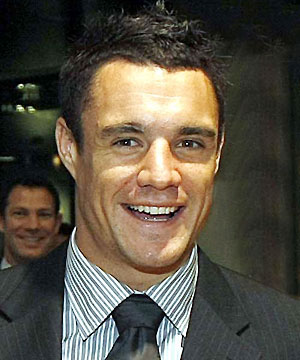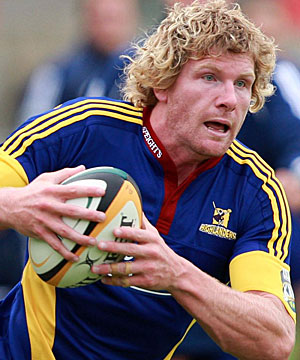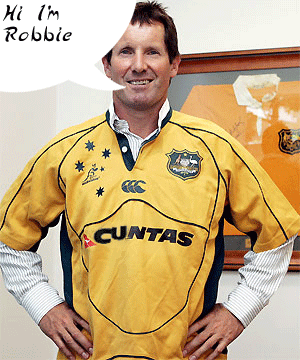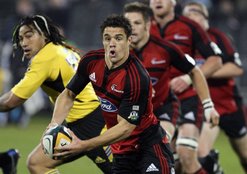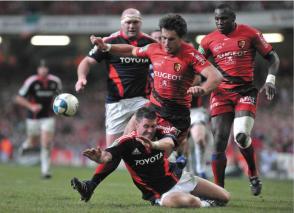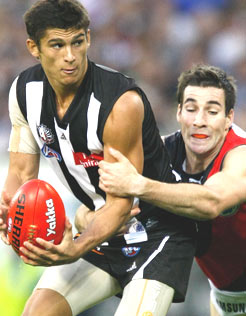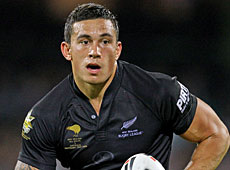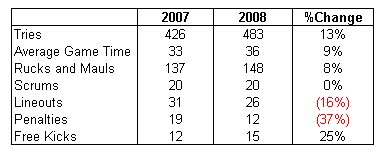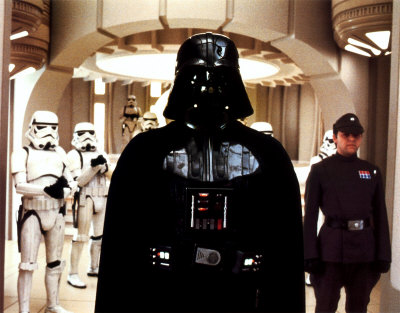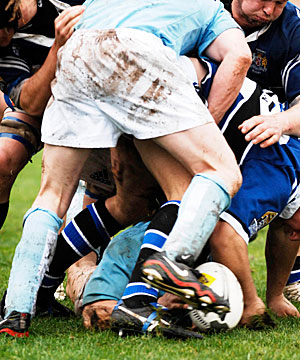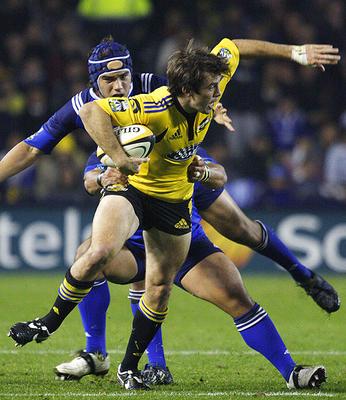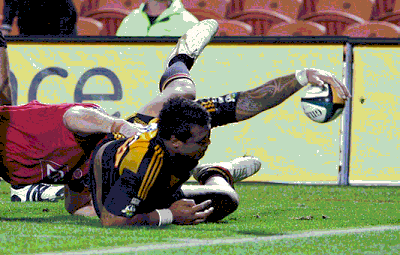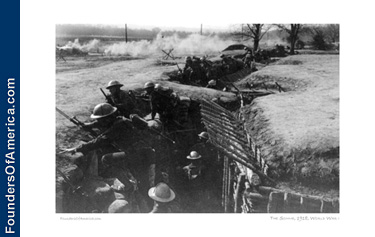In 2006 IRB created a Laws Project Group (LPG), the members being.
- – Bill Nolan – ex Chairman and IRB Council member (Scotland)
- – Rod Macqueen – ex World Cup winning Australian coach
- – Ian McIntosh – ex South African coach Ian McIntosh
- – Richie Dixon – ex Scottish coach
- – Pierre Villepreux – ex French player, coach and former IRB Regional Development Manager
- – Graham Mourie – ex New Zealand captain and Wellington coach
- – Paddy O’Brien – IRB Referee Manager Paddy O’Brien (New Zealand)
- – Bruce Cook – IRB Development Manager Bruce Cook (Scotland ?)
The scope of this committee was to develop rugby laws that:
- Allowed the ball to be in play longer.
- A game for all shapes and sizes.
- Allowed the game to be easier to understand.
- Easier to referee.
- To have the game determined by the players and not the officials.
- Reduce the domination of defence over attack.
- More options for players.
- Reduce game stoppages.
..” The problems observed with the current laws mostly revolve around the fact that in practice the contest for the ball is often halted through law infringements. Different referees use different interpretations of the complex laws, resulting in many games being decided by penalty goals awarded by referees for infringements that are not immediately obvious to observers or even the players.”…
Source: Wikipedia – Stellenbosh Laws
Further .. money and ELVs
The chairman of its ‘Laws Project Group’ no less – admitted as much back at the start.“We’d be very silly if we didn’t realise that, especially since the game went professional, there is a commercial element to the ELVs,” said Bill Nolan back in 2006. REF: ELVs – It’s McRugby, for cash. (Andy Jackson)
You would immediately think how dare any body take on such an esteemed group of gentlemen to challenge there findings. Easy, it’s a committee and they are subject to compromise, bias, power struggles and fracturing common sense.
I hope you can see the holes already. They are:
- A) Where are the retired representatives from the largest playing union in the world, the English Rugby Football Union?
- B) Where are the Irish, Welsh and Argentina representatives?
- C) The committee is dominated with representatives from countries that favour one style of play (running out wide, and not the tight forward battles [like England and Argentina], yes I do prefer the earlier, but I must be fair).
- D) The committee is dominated with representatives from countries that suffer the most from ‘player drain’ (NZ, AUS, SA).
As at the 11 round of Super14 Rugby 2008, this is how I would grade the success of each of the objectives (Super Rugby version of ELVs).
- Allowed the ball to be in play longer: PASS
- A game for all shapes and sizes: FAIL, completely. 125 kg Os du Rant would have to loose 15 kg to play today’s game, and would you pick the 75 kg ex All Black wing Terry Wright today?
- Allowed the game to be simpler and easier to understand: PASS
- Easier to referee: PASS
- To have the game determined by the players and not the officials: PASS
- Reduce the domination of defence over attack: FAIL, completely and utterly failed. The domination of the ‘field wide defence trench’ has blossomed with the ELVs.
- More options for players: FAIL, a strong defensive side eliminates the options. See (6).
- Reduce game stoppages: PASS
So I guess I would have to say the committee has in overall achieved a pass mark (5 out of 8). I also can conclude that the ELVs go along way to transfer the winning of the game from referees to players.
The fact the ELVs have been extensively trialled does give confidence that the exercise has gone from A4 paper to the rugby field successfully, but it seams that is all that it has done, I would have hoped that the esteemed committee would have uncovered the ELVs flaws. I guess that is what the world wide trial period is for, lets hope it is!
I also wonder how much the commercial element of the rugby laws played a part in the choice of laws selected, for example why was ‘hands in the ruck’ preferred over traditional ‘rucking’. Have the broadcasters said that ‘rucking’ is bad for ratings ?
I feel that the fault is not with the performance of the committee, the fault sits with the flawed construction of the committee’s scope.
Remember this quote:
..”They say that death kills you, but death doesn’t kill you. Boredom and indifference kill you.”.. By Iggy Pop
This quote highlights that rugby union greatest sin is to be boring and indifferent.
Let’s swing away from Rugby Union for a moment to illustrate a point.
American football (Gridiron) is a game that last 4 hours, its 95% stop start, the ball is not contested at breakdowns, the playing season is six months, there are offensive and defensive sides, support staff for Africa, yet it has a massive following and millions of dollars involved.
Why does American Football captivate the fan so intensely?
Wikipedia made it glaring obvious in the first two lines.
..” American football, …, it is a competitive team sport known for mixing strategy with intense physical play.”…
Further down the there is a whole section dedicated to strategy.
..”Strategy plays a major role in football. Each team has a playbook of dozens to hundreds of plays. Ideally, each play is a scripted, strategically sound team-coordinated endeavor.”…
I can only conclude that the extremely wide variety of game styles and strategies keep the fan magnetised to the sport. I have used the chess analogy to illustrate my preference for rugby unions favoured design. It is the ability of the sport to make the player and spectator think, to exercise the top 5 inches, the need for intellectual stimulation that is the yearning of the fan.
[Note: If it is not, then there are other sports for the less intellectually stimulated fan, ie Checkers]
It is also being able to see the strategies unfold to foresee the next move in the attack, or the brilliance of the defence to halt the attack. All this with the physical and athletic contests American Football is a surely one of the most loved sports on the planet.
[Note: USA is 50 states, or 50 decent sized countries, sure American Football is not international, but it does cover a wide diverse population base.]
Let’s swing back to rugby union. My point is!
This is my cry for rugby union, primarily to promote the execution of strategies and contests of both physical and mental. I am in no way promoting the stop start style of American football, but I am promoting the balance between structured and non structured play, to allow the execution of strategies by rugby unions very unique playing combinations (please read Chess vs Checkers). Allowing forwards to be forwards and backs to be backs. Please re read this last paragraph, thanks.
View the Wikipedia site for Rugby Union and do a search for the word ‘tactic’ or ‘strategy’. As at 7thMay 2008, search results are ZERO for both. The Wikipedia American football site had 9 hits for strategy. The gap is therefore obvious.
I have stated that the current ELVs allow the non structured play to dominate. Non structured play is random and is less likely to be the birth place of fresh tactics. Structured play allows the game to restart with the traditional player combinations (See post called Chess vs Checkers) and the launch pad for the next strategy. As I have said before ‘balance’ is the key. (See ELVs (Experiment Law Variation) – Tactic Review)
I think the IRB can safely conclude that the rugby fan is ‘rugby smart’ and can full understand a wide variety of playing styles, strategies and skills.
With above in mind I would amend the scope of the Laws Project Group (LPG) to the following:
Primary (In order of preference)
- A) To ensure that a wide variety of strategies exist.
- B) To find an even balance of structured and non structured play.
- C) To examine strategies of attack and defense to ensure that rugby union is not bias to either.
- D) To allow the rugby union traditional player contests be given a fair chance of occurrence. To allow forwards to be forwards and backs to be backs.
Secondary (In order of preference)
- 1) To have the game determined by the players and not the officials.
- 2) Allow the game to be easier to referee.
- 3) Allow the game to be easier to understand.
- 4) Allow the ball to be in player longer.
- 5) Reduce game stoppages.
- 6)
A game for all shapes and sizes ( see D above)
- 7)
More options for players (see C above)
Further to (B) above, rugby union traverses from structured play to non structured play (scrum/lineout to ruck) while still holding possession, there should be a investigation of how this can be reversed in special situations (ruck to lineout). I refer you to the 50/22 rule below.
With the new scope in mind here are the adjustments I would make to Super Rugby.
Retain all Super Rugby 2008 ELVs, except where the following over rules them.
- 1) Promote the maul: The defending players not in the mall must be back 5 meters (excludes half back). Allow the maul to be pulled down within 10 meters of the try line, only. (Note: I would only make this compromise after brown paper bags have changed hands).
- 2) Only allow full lineouts. Short lineouts are terminated. Quick lineouts are allowed.
- 3) Introduce the 50/22 rule. An attacking kick made from within the attacking teams half way line that bounces out on the defending team 22 touch line. The bounce need not be in the 22, but the touch line breach must be. Not available from the kick off. The attacking team is awarded the full lineout put in.
(Note: See posts ELVs (Experiment Law Variation) – Tactic Review, ELVs – Endangered Species: Maul and Lineout)
The ELVs have promoted the ‘field wide defensive trench’. The result is a WWI tactical stalemate. Currently the attacking team has few options to over come this defensive strategy. Both (1) and (3) above, offer the attacking team a chance as players are required to defend against such an attack and must exit the field wide defensive trench. If I was to succeed with (1) and (3) being introduced, then I could forgive the need for (2).
“Yeah Baby, thats Rugby!” – Austin Powers (if he was a rugby fan).’
The IRB are very good at making deductions to the laws, are they any good of adding laws back, ‘Thats the $64,000 question?”
The last word: I would further use the TV ref to check a try (forward passes and touch line breaches) and yellow card offences (or player on report) legitimacy. All TV sports are bending to technology to ensure the millions of fans get the correct verdict.
UPDATE1:
From the new Caesar – Ian McGeechan
Source: McGeechan slays IRB’s ELVs
“My concern is that we will end up playing one type of game, that the variety and depth of options which the game has always had will be taken away,” McGeechan told the Daily Mail.
“You end up with an average of something like 58 free-kicks under the ELVs and a game which basically becomes like play-the-ball in rugby league.
“My biggest worry is that it will change rugby union fundamentally.
“Every director of rugby in the Premiership and every head coach agrees we are losing the essence of the game. The game has prided itself on being one for all shapes and sizes but not for much longer unless we’re careful.
Ian McGeechan as always been a cheerleader for New Zealand rugby, we listened to him when we liked what he says, we should also listen to him even if we dont like what he says. He sees very clearing what is going on, and if Ian McGeechan is not happy, then the rugby world should sit up and take notice.
UPDATE2:
Source: ELVs come out to play on global scale – (Rod MacQueen)
From the mouth of a leading figure in the committee (Rod MacQueen) the ‘field wide defensive trench’ can be defeated by hands in the ruck, as a very fast ruck allowed less time for the defense to form, giving more space for attack.
“The interesting thing from these competitions was that less retention gave the attacking team greater advantage,” Macqueen said. “If they were skilful enough to get the ball out quickly, they invariably had more room to move, and the opposition were committing more players in defense. Consequently, more opportunity for tries.” Quote Rod MacQueen.
If you read the whole article the word ‘tactic’ or ‘strategy’ are not mentioned. More evidence the committee’s scope was flawed. The flaw is to make the focus on ‘making it easier to score tries’, the focus should have been on ‘making it more interesting on how a try can be scored’. Basket ball is a high scoring game, yes there are strategies involved, but nothing like the strategies involved in American Football and this sport has less scoring (than basketball). I prefer rugby union to mirror the latter rather then earlier (to the extent for the need of many strategies only, not the stop start style of play). After all, American Football is the most successful financial contact sport on the planet.
Further on the maul
..”Analysis of games also revealed that allowing the pulling down of the maul had resulted in no more injuries while making the game simpler and removing subjectivity from the referees’ decisions. This rule change would also help negate the strategy of teams kicking to the corner, where the ensuing lineout and rolling maul often leads to a try.”..
Firstly, bullsh*t. No more injuries, what no more injuries than a scrum collapsing.
Another statement confirming the committee was concerned in making try scoring be TV pretty. Whats wrong with the try after a hard fought out maul? I have weakened, and I refer you to my proposal for the maul further back in this post.
The ELV committee has been successful in meeting the scope, the failure is that the scope was too narrow and flawed.
UPDATE3:
To be fair to the Committee, their version of Rugby Union was to include all 23 ELV law changes (Super 14 Rugby 2008 is only using 13 law changes), and as this has yet to be done in an established tournament one has to hold back. But I still hold fast that the scope is flawed, therefore so will be the result.
The End.
My hope for the game lies with the English Rugby Football Union and Ian McGeechan, and you the fan, I suggest you protest in any way that suits you. phone, email, streak, blog, banners, whatever, do something.
GOD SAVE RUGBY UNION!
